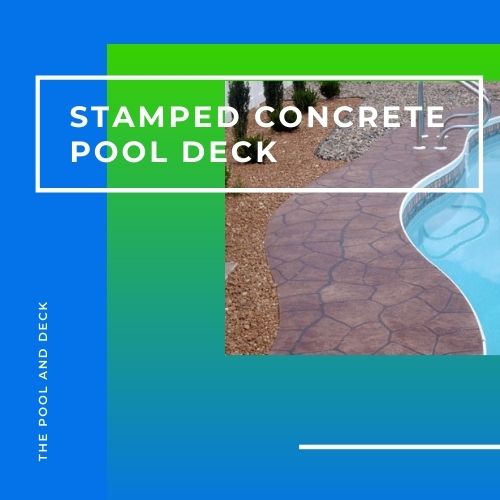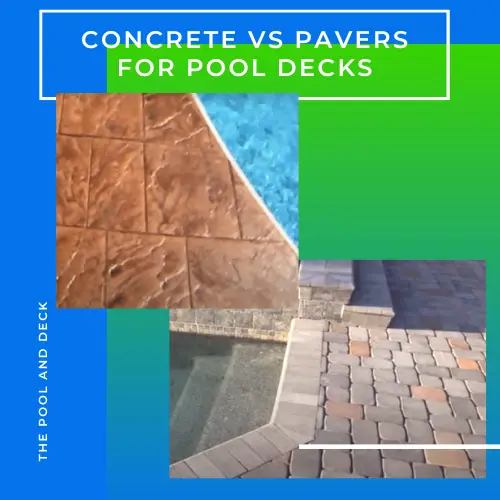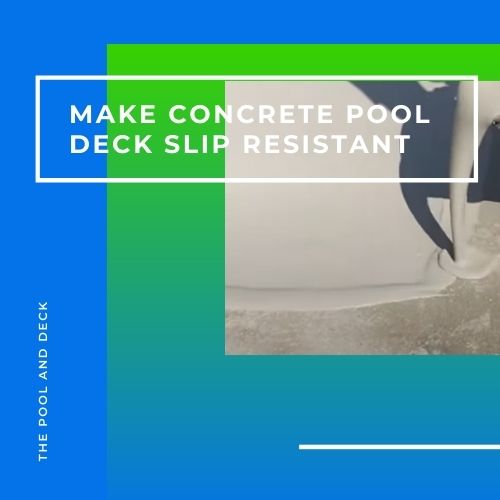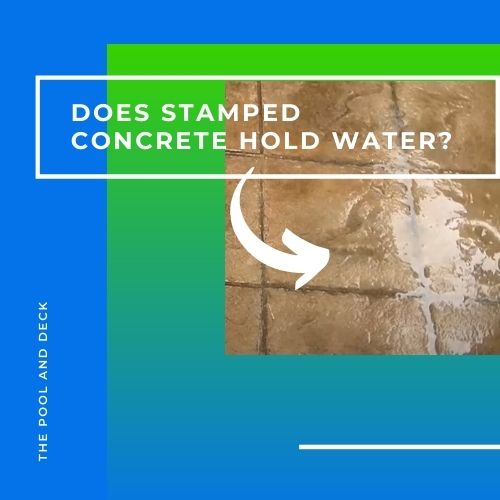Brick Pavers Around Pool: Top 10 Amazing Advantages
Table of Contents
Are Brick Pavers Good Around Your Pool?
Decks are typically a focal point of your backyard and using brick pavers around pool can bring a touch of old world charm and class! In addition to the aesthetic beauty brick pavers around pool have several functional advantages too!
Using pavers for a pool deck is a great idea but it still means you need to pick from a range of paving materials. Brick is often not the first to come to mind. You may even wonder if having brick pavers around pool is a good idea?
Actually, brick pavers are a pretty good choice for pool decks, just as they are for patios, driveways or retaining walls. There are 10 great advantages of using brick pavers around your backyard swimming pool.
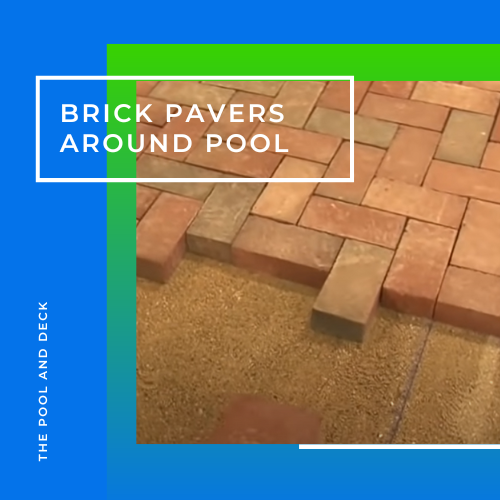
Brick Pavers Around Pool
- 1. Last a Long Time
- 2. Have Old World Charm
- 3. Are Cost-Effective over Long Term
- 4. Are More Likely to Prevent Slips & Falls
- 5. Keep Cool Even Under Midday Sun
- 6. Are Dirt & Stain Resistant
- 7. Are Quite Simple & Easy to Install
- 8. Require Little Maintenance
- 9. Are Easy to Repair or Replace
- 10. Are Made from Eco-Friendly Material
Do you find the advantages of using brick pavers around pool interesting? Well, then it is worth getting into some more detail about each. Read on.
1. Last a Long Time
Brick pavers are made from fired clay, which is a strong, durable and long-lasting material. The high temperature during the firing process makes the pavers resistant to moisture, erosion, and extreme weather conditions.
Moreover, pavers, including brick pavers, are laid on a solid base of sand and gravel. The base gives them a stable foundation. They can withstand even heavy loads such as foot traffic and pool side furniture and equipment.
The interlocking design of brick pavers helps to distribute the weight evenly and prevent cracking and settling over time.
2. Have Old World Charm
Brick pavers around a pool are really charming and unique. They bring a traditional and classic touch to the landscape due to their timeless appearance and versatility in design.
Brick paver pool decks, especially with the right light effects, create a warm and inviting atmosphere. Their natural texture, rich color and classic looks are perfect for a romantic dinner for two or a cocktail party for only your closest friends.
The use of brick pavers around a pool can also create a sense of cohesion and balance, complementing the surrounding landscape and architecture.
3. Are Cost-Effective over Long Term
Brick pavers are typically more expensive than concrete pavers and other materials, such as stamped concrete.
Cement which is the costliest ingredient of concrete is a commodity. It is relatively cheap due to the sheer volume of production and process automation.
A mixture of various clays, such as shale, clay and kaolin, is used to make brick pavers. The brick is formed using molds. The soft brick must then be removed from the mold, dried and fired in a kiln at high temperatures.
The manufacturing process of brick pavers is more labor intensive and this drives up the cost.
In spite of the higher cost brick pavers are cost-effective as they last for many years with minimal maintenance and repairs.
4. Are More Likely to Prevent Slips & Falls
Brick pavers are slip resistant due to their textured surface and the way they are laid, with each brick interlocking with the others to create a stable and non-slippery surface.
Some brick pavers may also have special finishes, such as sandblasting or etching, which increase their traction and prevent slips and falls.
Some brick pavers can be manufactured to be more porous. The small pores in their surface makes them water permeable. Since water does not collect on the surface the risk of slipping in wet conditions is reduced.
5. Keep Cool Even Under Midday Sun
Brick pavers tend to get less hot in the sun compared to other materials such as concrete or natural stone. The key reason is that brick pavers are made of clay, which is a naturally heat-resistant material.
The porosity of brick pavers allows air to circulate and dissipate heat better. Moreover, brick pavers are installed with joints between each paver. The joints also facilitate air circulation and help heat to escape to the ground below.
6. Are Dirt & Stain Resistant
Brick pavers are typically glazed through a process known as “firing” in which the pavers are subjected to high temperatures in a kiln. This process fuses the glaze to the paver surface, creating a hard, durable finish.
The glazing on brick pavers provides a protective layer, making it more resistant to staining, fading and wear & tear. Glazed pavers are often more slip-resistant than unglazed pavers, making them a safer option for use around the pool.
The glaze also enhances the color and vibrancy of the brick pavers giving them a polished and attractive appearance.
7. Are Quite Simple & Easy to Install
Installing brick pavers around a pool is quite easy. You can do it yourself as the steps involved are quite simple. To install brick pavers around a pool, follow these steps:
- Prepare the area by digging and leveling the ground.
- Lay layers of gravel and sand, compacting each layer for a strong, stable base.
- Place the pavers in a predetermined pattern, leaving gaps between each paver.
- Fill the gaps with sand.
- Pour polymeric sand over the joints. Make sure to remove any that falls on the pavers. Sprinkle water to secure pavers in place.
8. Require Little Maintenance
Maintaining brick pavers around a pool is easy because they are durable and weather-resistant. They can withstand constant exposure to moisture, UV rays, and temperature changes without showing signs of wear and tear.
Just clean them regularly with a pressure washer or a garden hose to keep them looking their best. If any pavers become damaged or stained, they can be easily replaced. Resealing brick pavers, every 2-3 years, will help protect them and extend their lifespan. Overall, the maintenance required for brick pavers is minimal, making them a great choice for pool areas.
9. Are Easy to Repair or Replace
You can easily repair brick paver pool decks by removing and replacing damaged or worn pavers, resetting and relaying them properly to ensure stability and filling in any gaps with sand to keep the pavers in place.
Make sure to use pavers that match the original design & color. It is a good idea to order 5 – 10% more than your requirement when you install brick pavers around your pool. Keep the extra pavers for use in future repairs.
10. Are Made from Eco-Friendly Material
Brick pavers are made from clay and other natural materials, which are abundant and renewable. They can be recycled and reused, making them a sustainable building material.
Unlike cement or steel, brick pavers are manufactured locally, reducing the carbon footprint associated with transportation.
Being durable and long-lasting, brick pavers reduce the need for frequent replacement and minimize waste.
- Recyclable: Brick pavers can be recycled and reused, making them a sustainable building material.
- Energy Efficiency: Brick pavers have good thermal mass properties, meaning they can help regulate indoor temperature and reduce energy consumption.
- Natural Materials: Brick pavers are made from clay and other natural materials, which are abundant and renewable.
- Local Production: Many brick pavers are manufactured locally, reducing the carbon footprint associated with transportation.
Overall, brick pavers are a low-impact, sustainable, and environmentally friendly option for outdoor flooring and landscaping projects.
Brick pavers are made of natural materials and are recyclable, making them an environmentally friendly choice for your pool deck.

